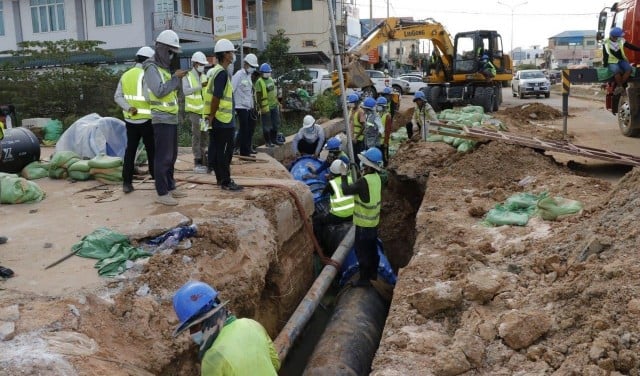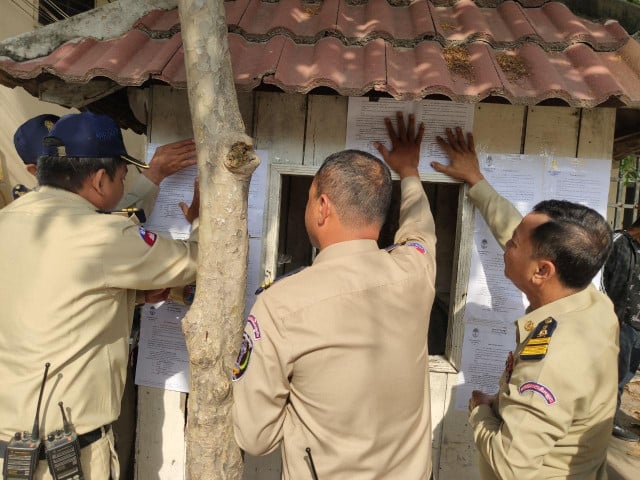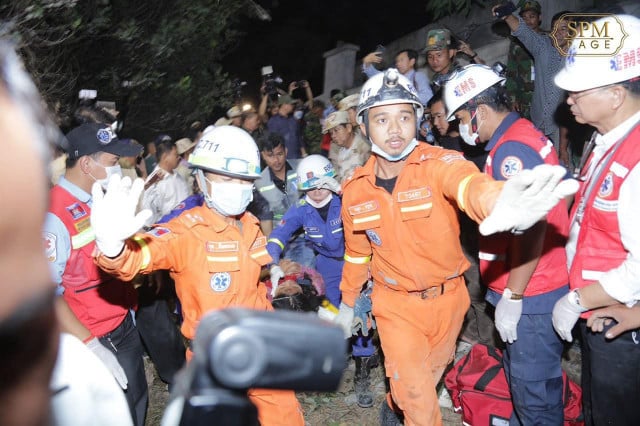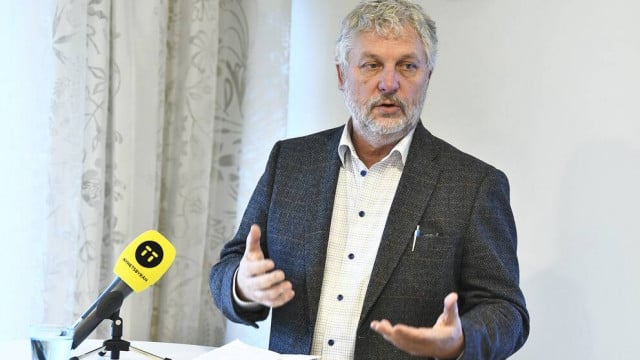Drinking-Water Consumption in Siem Reap Province Down by 50 Percent

- Isa Rohany
- November 22, 2020 12:58 PM
Affecting the Siem Reap Water Supply Authority’s capacity to repay loans for projects
SIEM REAP--Drinking water consumption in Siem Reap Province has declined by 50 percent following the closure of hotels and guesthouses due to the drop in international visitors amid the Novel Coronavirus (COVID-19) pandemic.
"Nowadays, due to COVID-19, drinking water consumption has dropped dramatically because we depend on big businesses such as hotels and guesthouses,” said Chan Sengla, deputy director general of the Siem Reap Water Supply Authority.
Consumption, he said, “has declined by 50 percent from more than 30,000 cubic meters per day to only 15,000 to 16,000 cubic meters per day.”
According to Sengla, this has been driven by the extreme decline in international visitors—the main factor that triggered the halt of major business operations in the city ranging from hotels and restaurants to stores and boutiques.
Hang Vannak, manager of a five-star hotel in Siem Reap City, said that, since April, his hotel has reduced water usage by about 95 percent as water is basically only used by staff and for gardening.
The decline in water consumption has come with severe financial ramifications for this state-owned entity such as insufficient funds to cover day-to-day operations or to repay loans obtained from the development partners to improve and expand the drinking-water supply system in Siem Reap Province, Sengla said.
"We face financial difficulties due to the decline in revenues while expenses are fixed,” he explained. “The work for maintenance of our water system remains the same and we also have to pay interest on the funds we have borrowed from other institutions," he explained.
Three international institutions have provided loans for three different development projects of the water supply system in Siem Reap Province. The first one is for the construction of water treatment plants at the West Baray and a 6-kilometer distribution pipeline that are funded by the French Development Agency—that is, the Agence Francaise de Development—and total nearly $13 million, Sengla said.
The second project is for the construction of 100-kilometer pipelines for water supply whose costs estimated at $5 million are funded by the Asian Development Bank. And the third, which is more than $67 million (or 7 billion yens) is for the construction of water treatment plants and a 166-kilometer water-distribution network from the Tonle Sap lake that is funded by the Japan International Cooperation Agency.
No disruption of drinking water supply for local residents
Although the COVID-19 pandemic has caused a decline in the use of drinking water in Siem Reap Province, Sengla said that the development and expansion of the water supply system will continue, he said.
The Siem Reap Water Supply Authority has been urging local residents to connect their homes to the drinking-water supply service and has provided them with information so they can understand the benefits of using drinking water.
“It seems like they want to use drinking water, but they are accustomed to using ordinary water, which is free of charge such as water from wells,” Sengla said. “If we take into account the costs of a well-pumping service, the motor for pumping that costs electricity, it is almost more expensive than the drinking water service,” Sengla said.
"We want every household to connect to the drinking-water supply service because in the future, when the construction project of the 38 roads in the province is completed, it will be more difficult for us to connect [people] to the water distribution network or the service charge will be more expensive," he added.
By 2030, the Siem Reap Water Supply Authority plans to expand its water supply capacity to meet the demand of tourists, whose number is projected to reach 7 million annually in the coming years.















